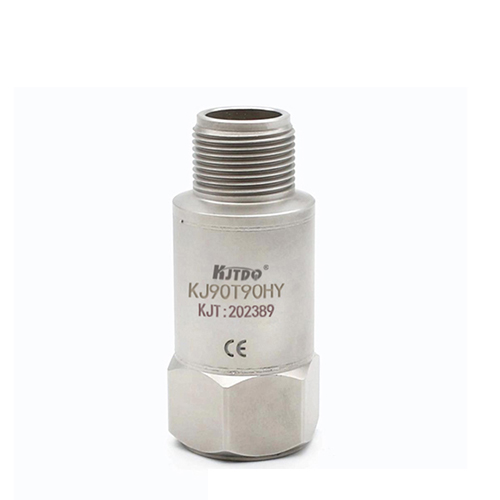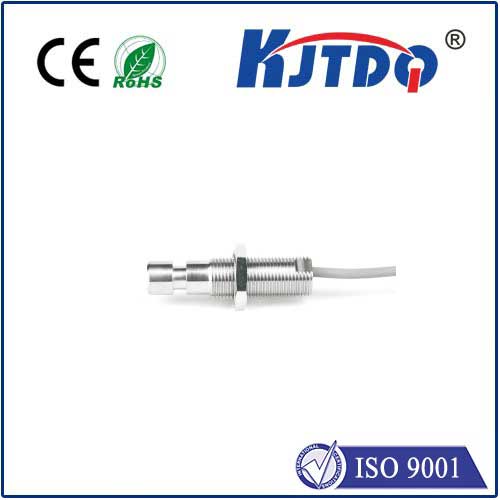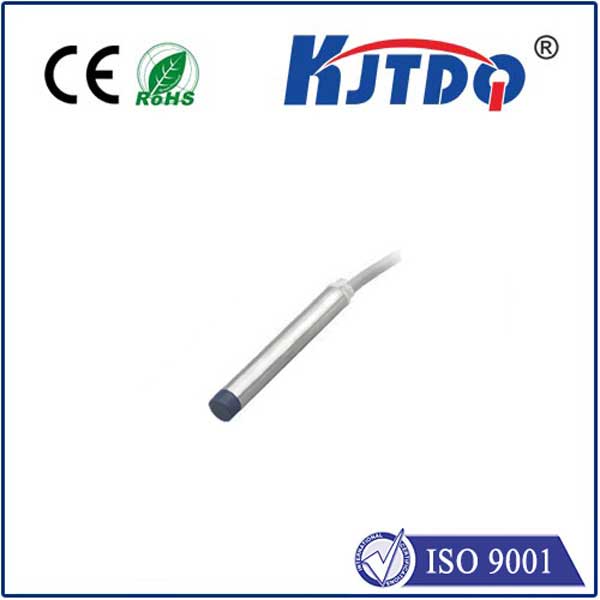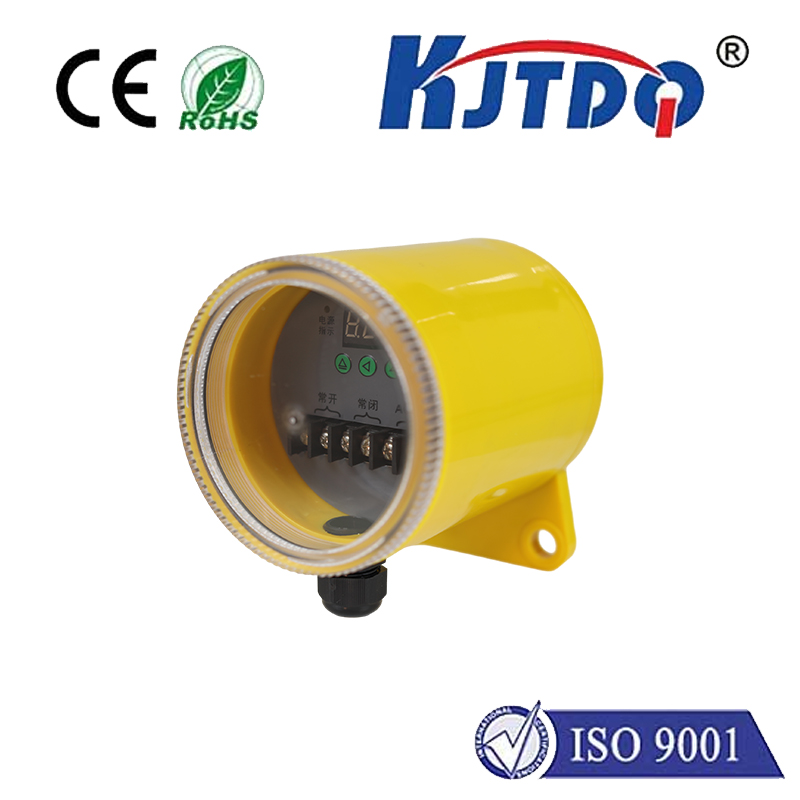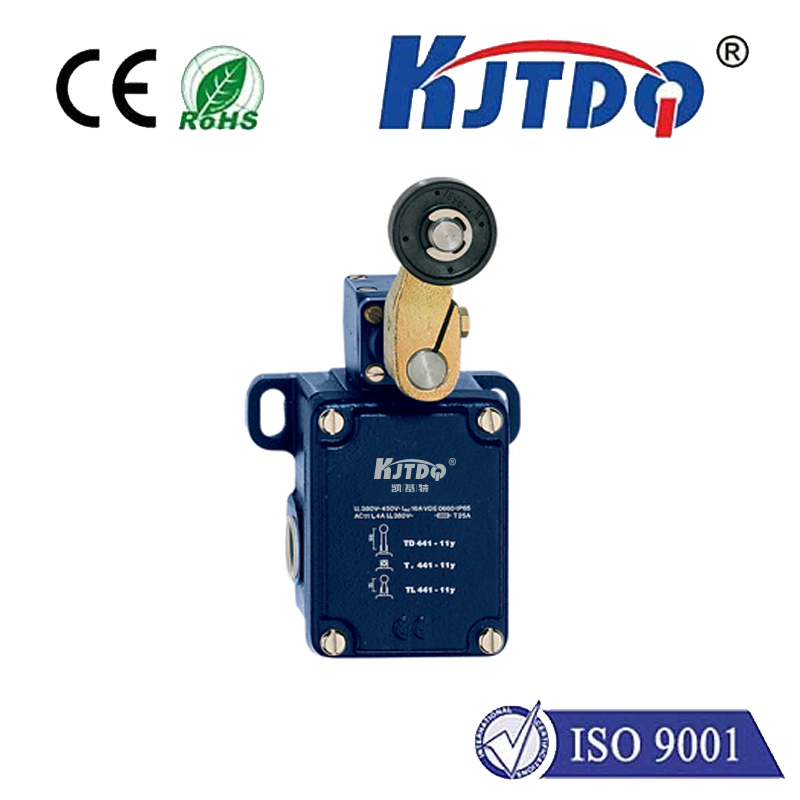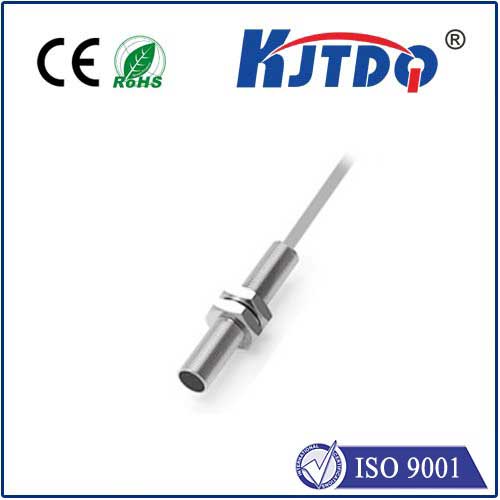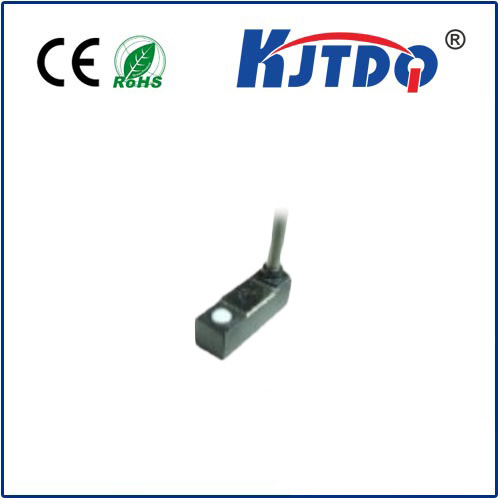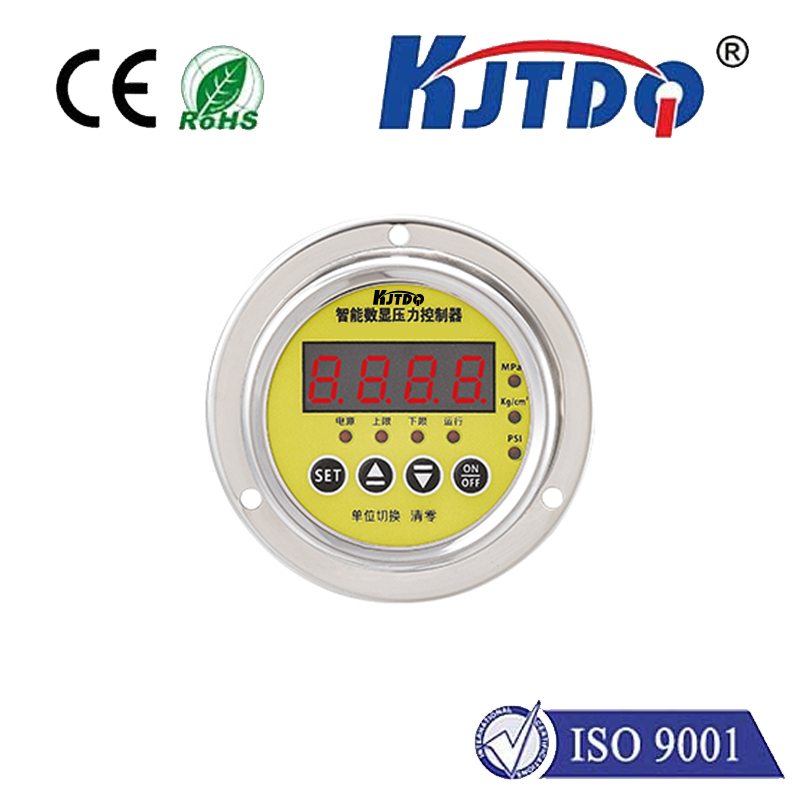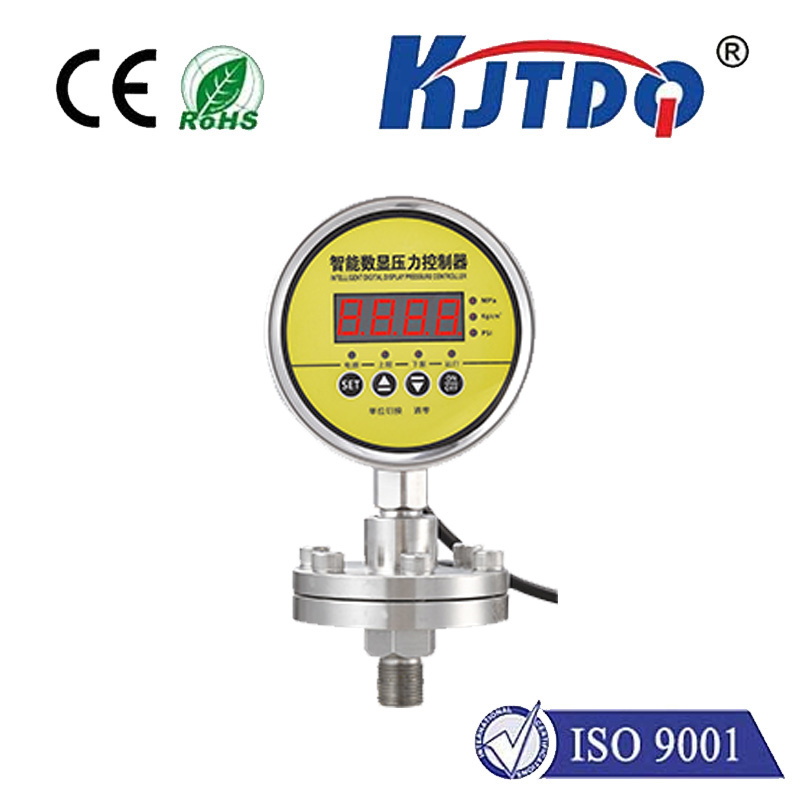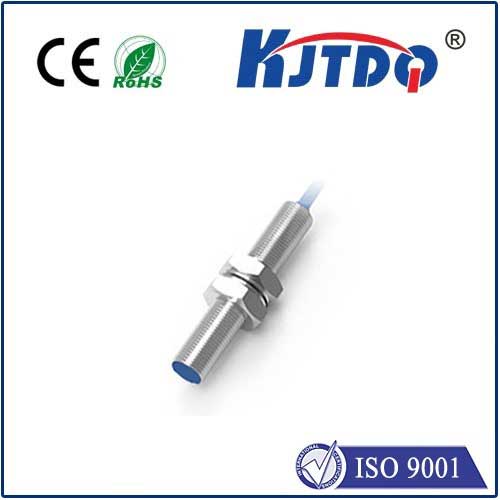

check

check

check

check

check

check

check

check

check

check

High-Temperature Pressure Transducers: Innovations and Applications in Monitoring Extreme Conditions” In the realm of industrial technology, monitoring pressure and temperature within extreme environments is crucial for ensuring safety, efficiency, and accuracy. High-temperature pressure transducers have emerged as indispensable tools in a variety of industries that operate under intense conditions, providing critical measurements necessary for control systems and data acquisition processes. This article delves into the innovations behind high-temperature pressure transducers, their applications, and the benefits they bring to modern industry. Understanding High-Temperature Pressure Transducers At their core, high-temperature pressure transducers are devices designed to measure pressure in environments where temperatures exceed the capabilities of standard pressure sensors. Typically made from heat-resistant materials like stainless steel or ceramics, these transducers can withstand continuous exposure to high temperatures without degradation in performance or longevity. They are engineered to provide accurate pressure readings even when subjected to thermal cycling and extreme thermal gradients. Technological Innovations Shaping the Future One of the significant advancements in high-temperature pressure transducer technology is the development of solid-state sensors. Unlike traditional sensors that rely on liquid-filled systems, solid-state sensors offer improved stability and faster response times. They are less prone to failure under harsh conditions, ensuring reliable performance in challenging applications. Another innovation is the integration of wireless technology into high-temperature pressure transducers. This allows for remote monitoring and data transmission without the need for extensive wiring, reducing installation complexities and enhancing system flexibility. Wireless sensors are particularly beneficial in hard-to-reach areas or moving machinery where wire routing is impractical. Applications Across Industries The use of high-temperature pressure transducers spans across numerous sectors, each with its unique set of challenges and requirements:
